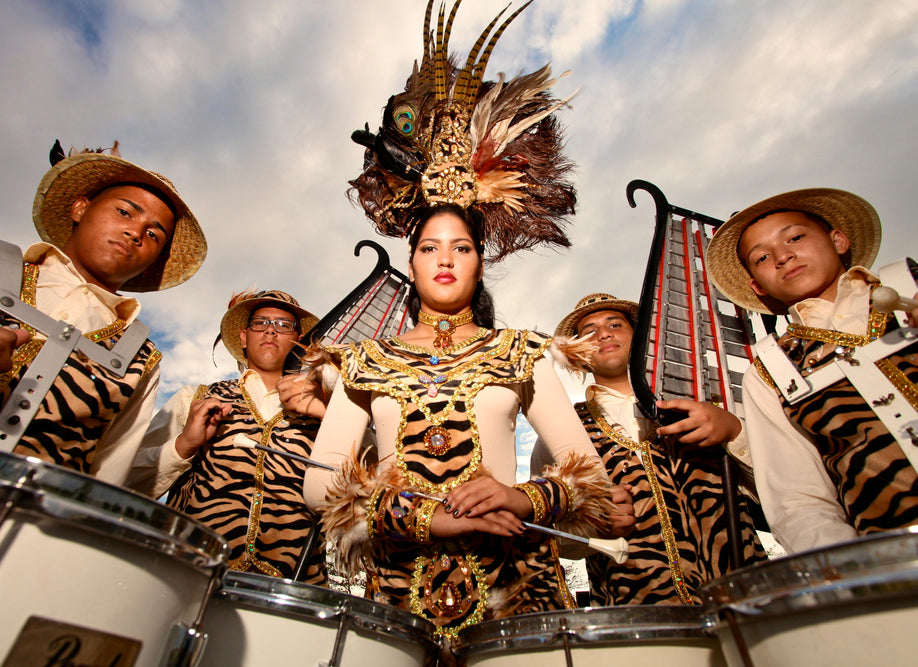From Bangladesh to Bhutan, photographer Wylda Bayrón explores remote corners of the planet in a cultural preservation project, informing the world about its evolution of identity.

In 2004 I was in Mondulkiri, a remote eastern province, bordering Vietnam. It was about 18 hours by truck to the capital Phnom Penh. When I say by truck I mean, holding on to the back of a cargo truck; for dear life. I went there to spend time with elephant herders. The only way to really travel was by motorbike so I took the leap. Mondulkiri’s roads are all dust and red earth. After an insanely long day following a local friend through crazy up and down terrains at way too fast a speed, I took a bad tumble about 5 minutes from my guest house. The skin from my hands came off and were raw and I had stones embedded in the palm of my hand. Needless to say, I wasn’t getting out of there any time soon and I could not even hold my camera up. In that time I spent healing I made friends with the locals and got a new “aunty”, the owner of the guest house. I was treated like family and got to spend more time with the elephant herders and learn Kmer language. I let go of the anxiety of what I was missing and relaxed in the gift that was the every day life in one of the most unspoiled places on earth. I went from being a foreigner to being a “local” and that experience changed my view of what travel can provide.

India and Papua New Guinea are without a doubt my favorite places to photograph. The colors and subjects are endless. So many diverse ethnic groups and cultures. It’s a feast for the eyes and a dream location for a travel photographer, provided you are adapt to handle all of the situations you are bound to encounter.

For all my field work, no matter where I am, the most important aspect is the human connection and the trust between the group or individual and I. In the case of photographing the collection for “Skin”, it took living with them to gain the trust or the community and the elders both male and female. I had to complete several physical tasks that only men do in those parts, as well as convince the majority of the council of men and the chief that I was the right woman to be the keeper or their secrets.

My process is very much research oriented at the start. I have to learn as much as possible about the region, people, culture, customs and I always learn the language of the place either months before or as soon as I land. It’s the most important tool I have as a travel ethnographic photographer. It’s my connection and my salvation. While on site I make sure to ingratiate myself with the local community and learn from them what’s important about their culture and start putting together the items and locations that best exemplify that.

For my printing process I go image by image and figure out by intuition or experimentation what process might best create the photograph inside the image. When making an exhibition it’s a bit difficult because you have to make sure all the images have the same look and feel, so it’s about the spirit of the collection and not the individual image at that point. I often offer both color and black and white work in my exhibitions. I find color is more experiential and provides a realistic and faithful feel of the image, location and people, but I can distill the spirit of the subject much better in black and white.

A key element in my work is the intimacy that the subjects express through their eyes. I am what and who the are looking at. The eyes are the most important component for me, as that is exactly where both worlds meet. In that gaze we share the connection and our humanity. In that gaze that’s encased in the photograph we get to live forever. My subjects, whether it’s a 5 second encounter or someone whose become family, they are all heroes to me. I always try to make them feel that way. They carry in them the culture and represent for the viewers that iconic image of their people.








